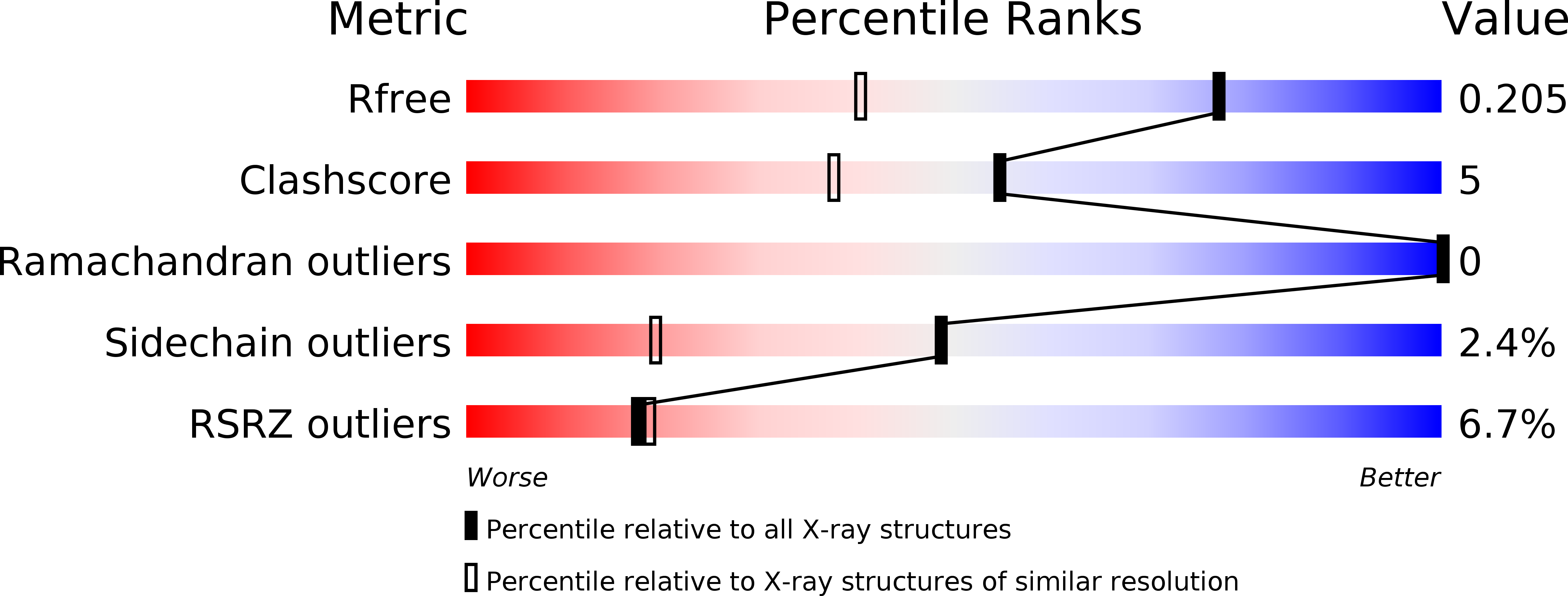
Deposition Date
2012-12-19
Release Date
2013-07-24
Last Version Date
2025-03-26
Entry Detail
PDB ID:
4IHZ
Keywords:
Title:
Crystal structure of CrataBL, a trypsin inhibitor from Crataeva tapia
Biological Source:
Source Organism:
Crataeva tapia (Taxon ID: 202635)
Method Details:
Experimental Method:
Resolution:
1.50 Å
R-Value Free:
0.20
R-Value Work:
0.17
R-Value Observed:
0.17
Space Group:
C 1 2 1


